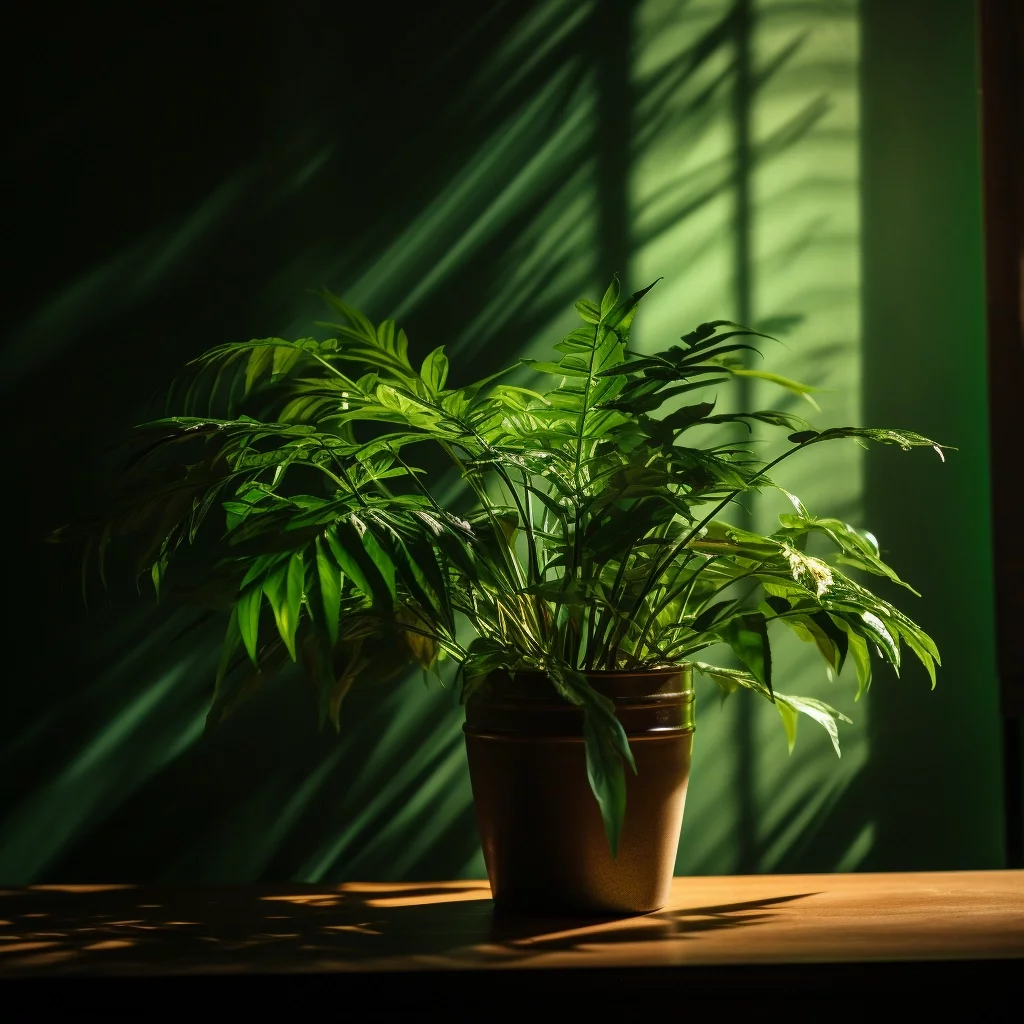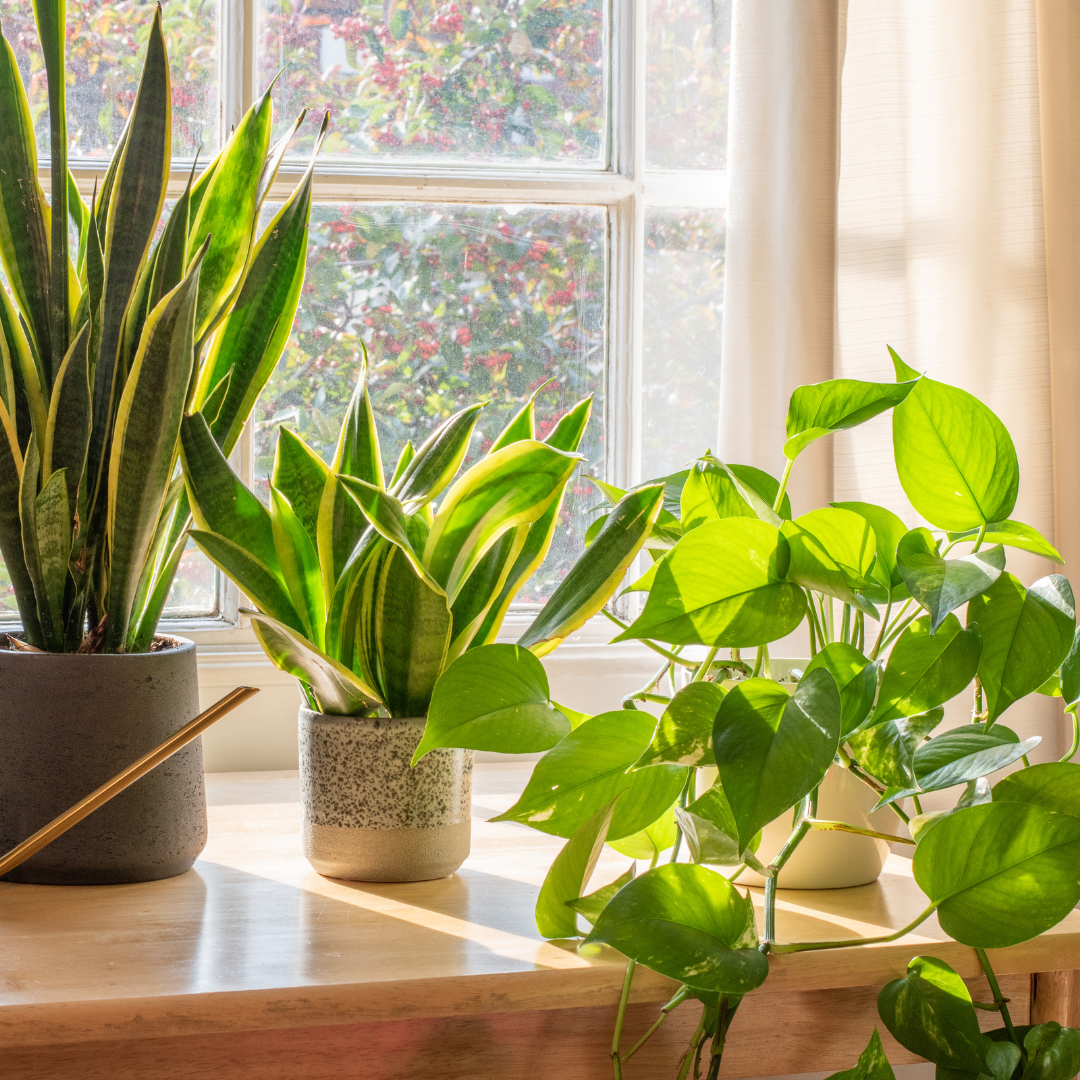Best Low-Light Indoor Plants for Those with Limited Natural Light in Their Homes
Best Low-Light Indoor Plants for Those with Limited Natural Light in Their Homes
Blog Article
Transform Your Home With Beautiful Low-Light Indoor Plants and Their Advantages
Including low-light indoor plants into your home can dramatically enhance both the environmental and aesthetic high quality of your space. These plants, which thrive in dark conditions, offer not just as decorative components however likewise as natural air purifiers, making them optimal for city occupants or those with restricted sunshine exposure. As we explore the different kinds of low-light plants and their advantages, you might locate surprising means to integrate them right into your home that can transform your surroundings in ways you may not have prepared for.
Benefits of Low-Light Plants
Low-light plants use many advantages for interior settings, making them a superb option for both beginner and skilled garden enthusiasts. One of the key benefits is their adaptability to low-light conditions, allowing individuals to enhance their home without the requirement for comprehensive sunshine direct exposure. This characteristic makes them optimal for apartment or condos, offices, and other locations with limited all-natural light.

Moreover, including low-light plants right into home decor can boost the visual charm of a room. Their lush foliage and varied structures develop a calming atmosphere, adding to overall wellness. Finally, the presence of plant has been linked to minimized stress levels and boosted performance, making low-light plants a sensible selection for enhancing both psychological and physical wellness in indoor settings.
Leading Low-Light Indoor Plants
While lots of interior plants grow in bright light, a number of varieties are especially well-suited for low-light conditions, making them optimal for different indoor areas. One preferred selection is the Serpent Plant (Sansevieria), understood for its striking upright fallen leaves and strength, needing very little care. One more excellent option is the Pothos (Epipremnum aureum), which features heart-shaped fallen leaves and can route beautifully from wall mounts or shelves, prospering in low light and adding a lush touch.
The ZZ Plant (Zamioculcas zamiifolia) is celebrated for its shiny leaves and capacity to hold up against disregard, making it ideal for hectic way of lives. The Tranquility Lily (Spathiphyllum) not only endures low light yet also produces sensational white blooms, enhancing any area's visual.
For an unique touch, take into consideration the Cast Iron Plant (Aspidistra elatior), which indeed meets its name, flourishing in the darkest edges of your home. The Chinese Evergreen (Aglaonema) offers a range of fallen leave patterns and shades while being exceptionally flexible in low-light problems. These plants not only enhance interior atmospheres however also add to air purification, improving your home.
Care Tips for Low-Light Plants

Watering methods are crucial; these plants typically like a little completely dry conditions. Overwatering can lead to root rot, so guarantee that the top inch of soil is dry prior to watering again. Usage pots with water drainage openings to allow excess moisture to escape.
Humidity is another crucial aspect. Lots of low-light plants, such as brushes and tranquility lilies, take advantage of higher humidity degrees. To boost humidity, think about misting the leaves or putting a tray of water near the plants.
Fertilization needs to be come close to with caution. Throughout the growing period, use a watered down, well balanced liquid fertilizer on a monthly basis to sustain growth, yet avoid fertilizing throughout the inactive winter season months.

Innovative Ways to Display Plants
Indoor plants can work as exciting prime focus in any type of area, improving both visual charm and setting. Creative discover here displays can raise the visual impact of low-light plants, making them an integral part of your home style. One efficient method is to use tiered plant stands, which allow you to display numerous plants at differing heights while taking full advantage of floor room.
Hanging planters are one more ingenious choice, producing a feeling of depth and attracting the eye upwards. Take into consideration macramé hangers or wall-mounted racks to present an unique texture and design.
For a much more structured strategy, usage geometric terrariums or glass containers to house your plants, adding a see it here modern touch to your indoor yard. You can likewise repurpose classic things, such as teacups or wooden cages, for a diverse display screen that mirrors your character.
Enhancing Home Atmosphere With Plants
Integrating low-light plants into your home not just boosts aesthetic allure yet likewise adds considerably to the overall setting. These plants serve as natural decor elements, introducing a sense of harmony that can change any type of area. The existence of plant fosters a relaxing environment, which is specifically beneficial in high-stress settings such as home offices or living areas.
Low-light plants, such as serpent plants, pothos, and ZZ plants, are not only aesthetically pleasing but additionally boost indoor air quality by filtering system pollutants. This dual feature improves the atmosphere additionally, producing a healthier living room (Best low-light indoor plants). The critical positioning of these plants can also affect the understanding of space; as an example, tall plants can draw the eye upward, making ceilings appear higher and rooms much more spacious
Additionally, differing textures and shades of foliage add deepness to interior layout, enabling creative expression in home designing. Whether positioned on racks, in edges, or as focal points, low-light plants can boost the state of mind of any kind of area. In summary, integrating these plants into your home is a reliable means to foster a cozy, inviting atmosphere while profiting of boosted air quality and aesthetic flexibility.
Verdict
Incorporating low-light indoor plants right into home environments supplies numerous benefits, consisting of enhanced aesthetic appeal and improved air top quality. These durable plants, such as the Snake Plant and Tranquility Lily, browse around this site call for marginal light and upkeep, making them appropriate for diverse way of livings. Their capability to filter pollutants adds to a healthier home, while their different appearances and shades improve indoor decor (Best low-light indoor plants). Ultimately, the addition of low-light plants promotes a peaceful and inviting setting, transforming any home right into a relaxing oasis.
While several interior plants prosper in bright light, a number of species are especially fit for low-light conditions, making them ideal for various interior spaces. One efficient technique is to make use of tiered plant stands, which enable you to display numerous plants at differing elevations while taking full advantage of flooring room.
Low-light plants, such as snake plants, pothos, and ZZ plants, are not just visually pleasing however additionally improve indoor air quality by filtering system toxins. Best low-light indoor plants. The critical positioning of these plants can also affect the perception of room; for circumstances, tall plants can draw the eye upward, making ceilings appear greater and rooms more spacious
These resilient plants, such as the Snake Plant and Tranquility Lily, call for minimal light and upkeep, making them ideal for diverse lifestyles.
Report this page